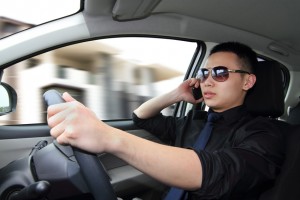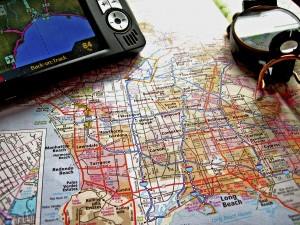Many of us have been involved in traffic queues and congestion caused by so-called ‘rubbernecking’ by those passing a broken down vehicle or a collision. It’s unfortunate that journalists and police often attribute ‘rubbernecking’ to ‘sick titillation’ or ‘morbid obsession’ because the real reasons are actually much more altruistic than they may seem.
One of the other things to understand is that human beings are social creatures and we’re programmed to be inquisitive. As the famous naturalist Desmond Morris* said “We never stop investigating. We’re never satisfied that we know enough to get by. Every question we answer leads on to another question. This has become the greatest survival trick of our species.”
So when we pass a crash site, or even a broken down vehicle, we’re naturally curious about what has happened. Far from being morbid or seeking titillation, we often want to help in such circumstances.
pass a crash site, or even a broken down vehicle, we’re naturally curious about what has happened. Far from being morbid or seeking titillation, we often want to help in such circumstances.
Picture the scene. You come across a scooter that has broken down on a country lane. There’s every likelihood that you would stop to help the rider, who is by the roadside trying in vain to get it going again. A cyclist also stops to help. Having decided that the only course of action is to call his breakdown recovery company, you would both almost certainly establish that he was ok and didn’t need anything else before continuing on your way. This is a classic example of altruism, as neither you nor the cyclist had anything to gain from the encounter.
When it comes to road traffic incidents there’s a genuine psychological need that’s fulfilled by rubbernecking. As we go through life we try to avoid pain and death as much as possible. We investigate the accidents we see, albeit in a primitive way, to see whether the conditions could apply to us. Carl Jung, one of the great psychiatrists of the 20th century, referred to the phenomena as a ‘corpse obsession’ and it has a logical evolutionary root. After all, if we can find out how someone else was killed or injured, we can try to avoid those circumstances ourselves.
So we have a twofold call on our instincts when we see a crash or broken down vehicle – our instinct to help and our instinct to investigate. In that sense it’s amazing that our roads don’t become gridlocked. To test this out, think of the last time you saw a road traffic incident. Did you gloat about it and find it amusing, or were you saddened and confused about what you could do to help? For most people, the latter is the case.
In describing rubbernecking as ‘seeking titillation’ the police and others are indulging in what psychologists refer to as a ‘fundamental attribution error’. That is to say, we make an incorrect assumption about the motives of others. We see others slowing down to look at the crash scene and say “They’re just gloating”, when in fact that’s far from correct.
So how can we counter this natural tendency to investigate and help? In a situation where there’s a traffic tailback and the emergency services are already in attendance, you need to tell yourself that the best thing you can do is to help keep the traffic flowing freely and not get in the way. It can be a strain to do so but, in essence, it’s that simple. Make sure your conscious thoughts override your emotions and instincts, and just keep going, albeit in a measured fashion.
Of course the opposite is true if you’re the first on the scene of an incident. In that case, follow your instincts to stop, help and investigate. As always, give yourself a moment to think rationally about how you should help. A pause for thought can provide you with a clear set of priorities and prevent minutes of useless and disordered actions.
So, next time you see a traffic tailback with people apparently rubbernecking, don’t think they’re being morbid; remember they’re like you and deep inside they really want to help.
Reference
*Morris. D., The Naked Ape: A Zoologists Study of the Human Animal, 1967
Driving Risk Management Ltd


